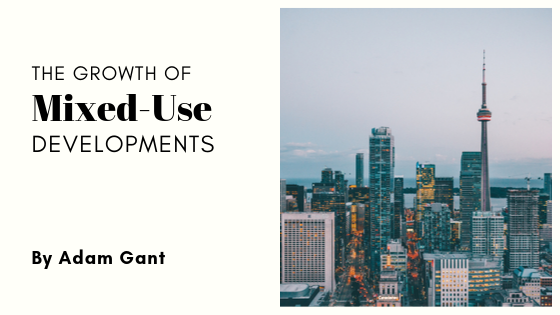The term mixed-use development is used to describe a conservative usage of land which ensures that public amenities, utilities, and residential properties are concentrated within a given area. Mixed-use developments have been on the rise in major cities in developed countries. The increased demand and preference for mixed-use developments are closely associated with the need to utilize the few available spaces of land conservatively.
Some of the key drivers of mixed-use developments in many countries today are associated with the multiple benefits that these properties pose. These developments, as envisioned by various diverse property zoning regulations, are designed to create vibrant communities. The rise of mixed-use properties near major central business districts creates vibrance within the cities. The interaction of individuals living within a mixed-use development creates the necessary convenience and community required to support a 24-hour economy.
Mixed-use developments come as a convenient means of lowering infrastructural development costs in major cities. With the increasing cost of laying down necessary infrastructural frameworks to support basic operations within a city, a possible solution has been identified in creating mixed-use developments. Such developments eliminate the need to construct infrastructures, such as roads, within an area.
The rise of mixed-use developments is also highly beneficial to property developers who have increased their efforts to create greener and more sustainable properties. Most mixed-use development properties are designed to ensure environmental sustainability by reducing energy consumption. For example, individuals living within a mixed-use development area can easily cycle or walk to work. This consequently eliminates the need to use cars or other machinery that is commonly associated with environmental pollution.
The close proximity of services and other amenities within a mixed-use property area encourages healthy living standards among the locals. Health facilities, schools, government offices, residential areas, recreational facilities, and office spaces are all concentrated within a given area. The close proximity to these amenities ensures that residents can benefit accordingly when the need arises. For example, with residents living nearby and walking to work, some of the most common lifestyle conditions such as obesity can be controlled.
More mixed-use development properties are expected to emerge in the near future as the existing properties have achieved social, economic, and sustainable feasibility. The success stories of these mixed-use properties are expected to encourage more mixed-use projects to be undertaken in different countries, as well.

